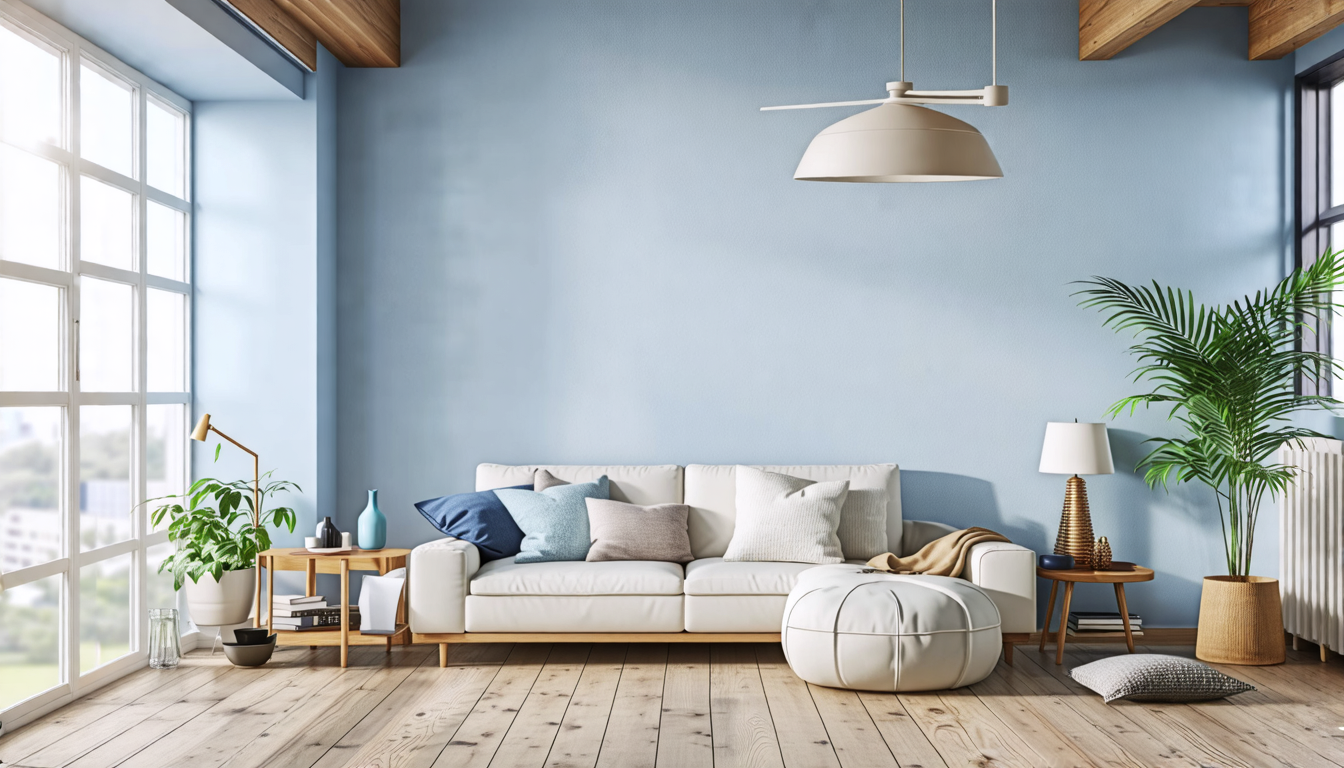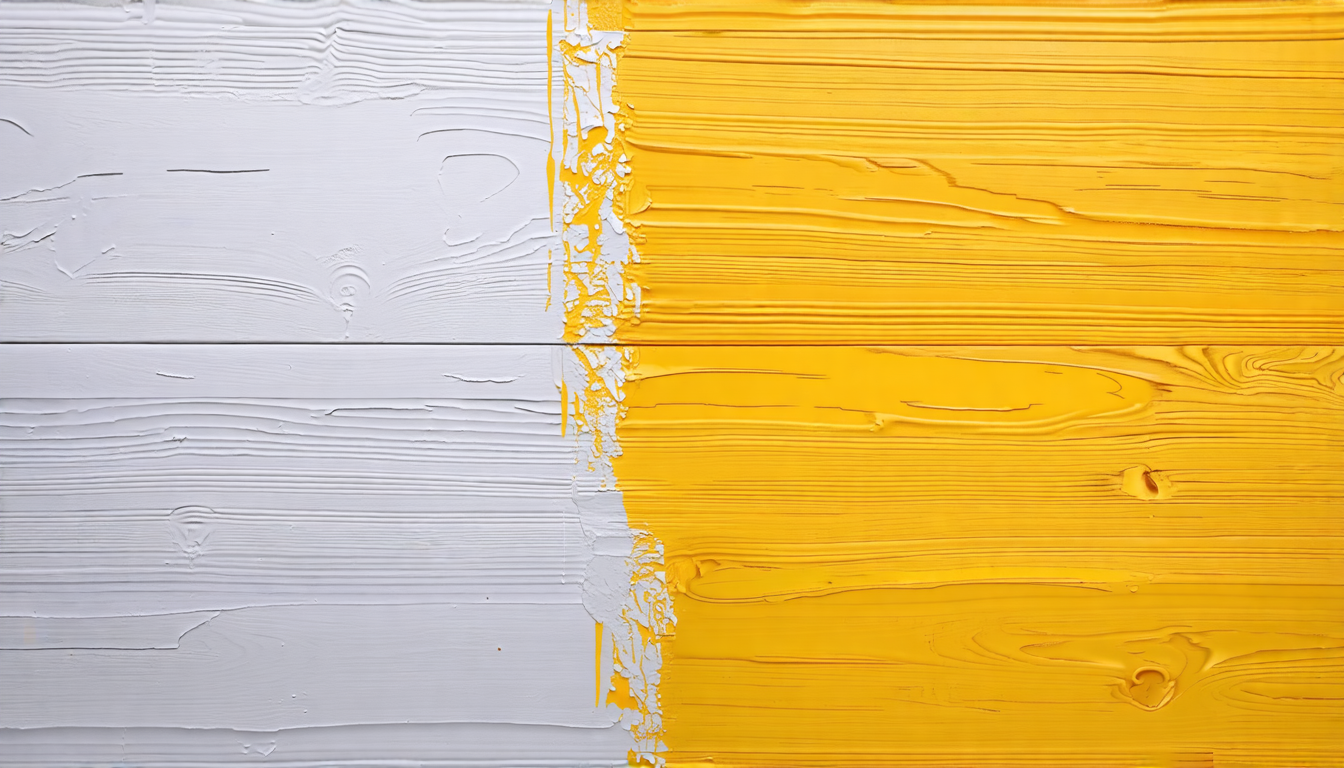When embarking on your next painting project, understanding the different paint types available can be the key to transforming your vision into reality while ensuring both durability and aesthetic appeal. Paint types play a crucial role not just in the visual transformation of your surfaces but also in their long-term maintenance and resilience. Whether you’re refreshing a room, updating furniture, or tackling an outdoor structure, selecting the appropriate paint type can significantly impact the final look and longevity of your project. It’s not just about color; the choice of paint types can influence how well your paint will adhere to surfaces, withstand environmental factors, and maintain its vibrant finish over time. Dive into the world of paint types to uncover the ideal match for your specific needs, ensuring that your project not only meets but exceeds your expectations.
When embarking on a painting project, understanding the different paint types available and their importance is crucial in achieving the desired results. Paint types are not a one-size-fits-all solution; each variant has unique characteristics that make it suitable for specific applications, affecting the durability, appearance, and overall finish of your project. Whether you are refreshing a room, updating cabinetry, or tackling a large outdoor piece, selecting the correct paint type will significantly impact the longevity and aesthetic appeal of the work. Thus, it is imperative for both amateur DIYers and experienced professionals to gain a comprehensive understanding of these paint types to ensure a successful and satisfying project outcome.
One of the key reasons why paint types are significant is their contribution to the project’s durability. For instance, certain paint types, like oil-based paints, offer excellent adhesion and resistance to wear and tear, making them ideal for high-traffic areas or exterior surfaces exposed to the elements. On the other hand, latex paints are known for their flexibility and ability to withstand environmental changes without cracking or peeling, thus often recommended for interior walls and ceilings. Choosing the wrong paint type could lead to premature degradation, requiring more frequent maintenance and potentially escalating costs.
Another aspect where choosing the correct paint types plays a vital role is in achieving the desired appearance. Different paint types have distinct finishes ranging from matte to glossy, which can affect how the color is perceived and how light interacts with the surface. For example, if you’re aiming for a sleek and modern look, high-gloss paints might be the right choice, as they provide a shiny finish that enhances color vibrancy and depth. Meanwhile, for a more subdued and classic look, matte or eggshell finishes might be preferable, as they offer a smooth, non-reflective surface. Selecting the appropriate finish is essential to bringing your creative vision to life.
Furthermore, the correct selection of paint types can greatly impact the finishing touches of your project. Different surfaces, such as wood, metal, or drywall, require specific paint formulations to adhere properly and provide a consistent appearance. For example, acrylic paints are often preferred for wood projects due to their ability to expand and contract with the material, preventing cracks and chips. Conversely, metal surfaces benefit from specialized metallic paints that offer rust protection and smooth application. Understanding these nuances ensures that the final look of your project enhances its aesthetic without compromising functionality.
Overall, the importance of understanding and selecting the appropriate paint types cannot be overstated when planning your next project. Making informed decisions based on the type of surface, the environment, and the desired aesthetic outcome lays the foundation for a successful painting endeavor. As we delve deeper into common paint types for different surfaces and the nuances of each, you’ll be equipped with the knowledge necessary to make smart choices and achieve a professional finish that stands the test of time. By prioritizing the compatibility of the paint type with your specific project needs, you ensure a beautiful and enduring result that you’ll enjoy for years to come.

Common Paint Types for Different Surfaces
When it comes to selecting paint types for your next project, understanding the commonly used variants and their particular applications is crucial. Whether you’re working on indoor walls, outdoor furniture, or intricate art pieces, the right choice can enhance both the aesthetic and longevity of your work. Here, we explore the most popular paint types, such as latex, oil-based, acrylic, and water-based paints, alongside their best matches for varying surfaces.
Latex Paint
Latex paint is a leading choice among homeowners and professionals for its ease of use and quick drying times. This paint type is primarily water-based, making it easy to clean up spills and brushes with just soap and water. Due to its flexible nature, latex paint resists cracking, making it ideal for interior and exterior walls, ceilings, and drywall. The low levels of volatile organic compounds (VOCs) also mean it’s a better environmental choice and safer for indoor applications.
Latex paint can be used on wood surfaces, but ensure that the wood is primed first to achieve a smooth, even finish. It is also an excellent option for brick and concrete surfaces, where its durability and resistance to weathering come into play. As you select from various finishes, such as matte, satin, or gloss, you can match the functional necessities and aesthetic desires of your project.
Oil-Based Paint
Oil-based paints have long been favored for their rich finish and hardy makeup. These paint types are valued for their ability to create a smooth, glossy appearance that is both durable and resistant to stains. Such properties make them ideal for high-traffic areas where durability is paramount, like kitchen cabinets, floors, and trim.
Given its high resistance to moisture, oil-based paint is an excellent choice for metal surfaces, which are prone to rust. Its superior adhesion qualities ensure it remains stable over time, particularly in environments exposed to fluctuating temperatures and humidity. However, note that oil-based paints require mineral spirits or turpentine for cleanup, and their higher VOC content necessitates proper ventilation during application.
Acrylic Paint
Acrylic paint is a flexible and versatile choice, widely used in both artistic and practical applications. Due to its water-based composition, similar to latex, it is easy to apply and clean. Acrylic paint types are well-suited for a range of surfaces, including canvas, wood, glass, and certain plastics, making them the go-to medium for artists and crafters.
The fast-drying nature of acrylic paint makes it possible to layer quickly, allowing for varied textures and depth in artwork. On functional surfaces, this rapid drying minimizes downtime and speeds up project completion. Additionally, acrylic paints are known for retaining vibrancy over time and resisting yellowing, which is why they are favored for exterior use, such as on shutters and doors.
Water-Based Paint
Water-based paint is a broad category that includes both latex and acrylic paints but is important to highlight on its own due to its environmental and health benefits. As a prominent substitute for traditional oil paints, water-based paint types emit fewer odors and harmful fumes, making them a healthier option for both the applicator and the inhabitants of the space.
Suited for both interior and exterior environments, water-based paints offer excellent breathability, enabling moisture to escape from surfaces while protecting them from mold and mildew. Applications on surfaces like plaster, concrete, and stucco benefit from these properties, ensuring the longevity of both the paint job and the underlying material.
Examples of Suitable Surfaces for Each Paint Type
With a myriad of paint types available, it’s vital to align the specific attributes of each variant with the surfaces involved in your project. Here’s a quick guide:
- Latex Paint: Interior walls, ceilings, wood (primed), brick, and concrete.
- Oil-Based Paint: Kitchen cabinets, floors, trims, metal surfaces, outdoor furniture.
- Acrylic Paint: Canvas, wood, glass, plastic, outdoor fixtures like doors and shutters.
- Water-Based Paint: Plaster, concrete, stucco, indoor environments requiring minimal odor.
By understanding these compatibility details, you ensure your chosen paint type not only beautifies but also preserves and protects your project effectively. In conclusion, aligning the paint types with the specific needs of your surfaces enhances both function and flair, making a lasting impact for years to come.

Choosing the Right Paint Type: Tips and Considerations
When selecting the ideal paint type for your project, there are several factors to take into account. Understanding different paint types can make a significant difference in how the end result looks and performs over time. Here’s a comprehensive guide to help you make the right choice.
Consider the Surface Material
The first factor to consider is the material of the surface you plan to paint. Different paint types are formulated to adhere to specific surfaces effectively. For instance, latex paint works exceptionally well on drywall, plaster, and wood due to its flexibility and ease of use. Meanwhile, oil-based paints are better suited for metal or wood surfaces that require a more durable finish.
For instance, if you’re refreshing a brick wall, masonry paint is essential as it contains ingredients designed to bind to stone and mortar. Therefore, always assess the material to ensure you select a paint type that promises longevity and adherence.
Indoor Versus Outdoor Application
The location of your project plays a crucial role in choosing the right paint type. Indoor paints are usually formulated to withstand regular cleaning and are less durable against weather elements compared to their outdoor counterparts. Interior latex paint, known for its low odor and quick drying time, is ideal for living spaces and bedrooms.
When it comes to outdoor projects, consider paints labeled as exterior latex or oil-based paints, as they are designed to resist fading, mildew, and moisture. These paints are specifically created to endure changing weather conditions and maintain aesthetic appeal over time.
Desired Finish and Aesthetic
The finish you desire can influence your choice of paint types. Paint finishes range from flat to high gloss, and each has its own set of advantages and applications. For a modern and sleek look, high-gloss paints are ideal for kitchens and bathrooms, as they offer excellent moisture resistance and are easy to clean.
If you’re aiming for a classic, understated appearance, a matte or eggshell finish could be perfect. These paint types are excellent for living rooms and ceilings, where a subtle, non-reflective surface is preferred. Consider the aesthetic outcome alongside functional needs when selecting the paint type.
Testing Paint Types Before Application
Before fully committing to a specific paint type, conducting a small-scale test is highly advisable. This step allows you to evaluate how the paint looks once dried, how it interacts with the surface, and if it meets your expectations in terms of finish and durability. Paint samples or small test kits are a wise investment, offering peace of mind as you proceed with larger-scale application.
You can apply a small patch of each test paint to an inconspicuous area. Observe it under different lighting conditions and note any changes over time. Doing so helps prevent costly mistakes and ensures complete satisfaction with the final project.
Additional Considerations: Paint Types and Safety
Another crucial aspect when choosing between paint types is safety, especially if working in enclosed spaces or around children and pets. Low-VOC (volatile organic compounds) paints are a healthier choice for indoor settings, reducing harmful fumes and promoting better air quality.
Moreover, always check the paint’s label for specific safety instructions and ensure adequate ventilation during application. Protective gear, like masks and gloves, can provide further assurance and safety during your painting project.
Final Thoughts
In conclusion, selecting the appropriate paint type encompasses a range of considerations, from the surface material and project location to the desired finish and safety concerns. By being mindful of these factors, you can ensure a durable, aesthetically pleasing, and satisfactory result for your next painting endeavor. Testing various paint types before full application can further solidify your decision, guaranteeing that the final outcome aligns perfectly with your vision and expectations.
In conclusion, understanding the different paint types and their applications is essential for achieving the desired results in any painting project. From enhancing aesthetic appeal to ensuring long-term durability, the choice of paint type plays a critical role in the success of your endeavors. By familiarizing yourself with common paint types such as latex, oil-based, acrylic, and water-based paints, you can make informed decisions about which is most suitable for various surfaces and conditions, whether it’s an interior wall or an outdoor structure.
Selecting the right paint type involves considering factors like the nature of the surface, environmental conditions, and the finish you aim to achieve. It’s beneficial to refer to expert tips to navigate these considerations effectively. Simple strategies such as testing paint types on a small area before committing to an entire project can provide assurance of a satisfactory outcome. This careful exercise in choosing appropriate paint types ensures the longevity and visual appeal of your finished project.
Ultimately, investing time in selecting the right paint types tailored to your specific needs not only enhances the technical aspects of your project but also enriches its aesthetic qualities. Embracing knowledge about paint types empowers you to transform any space or object with confidence and precision, turning your creative vision into reality. As you prepare for your next project, remember that the right paint type is a crucial foundation for achieving a spectacular and lasting finish.

